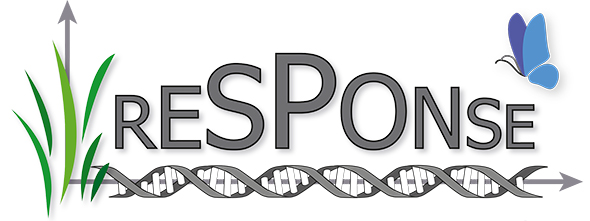Zoran Šargač, M.Sc.
Zoological Institute and Museum
Cytology and Evolutionary Biology
Soldmannstr. 23
House 6.1
17489 Greifswald
Phone: +49 (0)3834 420 4108
Fax: +49 (0)3834 420 4067
Publications
Šargač Z, Giménez L, González-Ortegón E,Harzsch S, Tremblay N, TorresG (2022) Quantifying the portfolio of larval responses to salinity and temperature in a coastal-marine invertebrate: a cross population study along the European coast. Marine Biology: in press
Šargač Z, Giménez L, Harzsch S, Krieger J, Fjordside K, Torres G (2021) Contrasting offspring responses to variation in salinity and temperature among coastal populations: a maladaptive ecological surprise? Marine Ecology Progress Series 677:51-65 Open access.
Torres G, Melzer R, Spitzner F, Šargač Z, Harzsch S, Gimenez L (2021) Methods to study organogenesis in decapod crustacean larvae I: larval rearing, preparation and fixation. Helgoland Marine Research 75:3 Open access
Melzer RR, Spitzner F, Šargač Z, Hörnig M, Krieger J, Haug C, Haug JT, Kirchhoff T, Meth R, Torres G, Harzsch S (2021) Methods to study organogenesis in decapod crustacean larvae II: analysing cells and tissues. Helgoland Marine Research 75:2 Open access
Global change influences population persistence and drives range expansion of marine species: exploring plasticity in the tolerance against environmental stress.
Early developmental stages of most marine coastal organisms are essential for population persistence and dispersal. They are mostly planktonic and thus more vulnerable to fluctuating environmental conditions in the water column. Climate change already has a major impact on marine ecosystems including plankton communities. In particular, semi-enclosed seas will be increasingly affected by rising surface temperatures but also by decreasing salinities due to a higher river run-off. Planktonic larvae of decapod crustaceans for example must cope simultaneously with the variation of combined thermal and osmotic stress due to extreme weather events. Therefore, one area of research on population persistence and range expansion in crustaceans addresses the capacity of crustacean larvae to tolerate combined thermal and osmotic stress.
Multi-population comparisons can be instrumental to understand local adaptation and phenotypic plasticity in order to predict pending ecosystem changes. We want to know if larvae of the common shore crab Carcinus maenas taken from mothers from different populations across its native range (Bergen/Norway, Bangor/Wales, Kiel/Baltic Sea, Spain) display different levels of resistance to environmental stress (temperature and salinity). The project is carried out in collaboration with Dr. Gabriela Torres (Alfred Wegener Institute at Helgoland) and Dr. Luis Gimenez (School of Ocean Sciences, Bangor University, Wales). The expression of key metabolic enzymes, proteins related to ion regulation and heat shock proteins will be analysed in larvae from these populations. In behavioral essays, we will test the acute thermal tolerance of the larvae at hatching. In a common garden experiment, larvae from the four populations will be reared under a previously tested regime of combined abiotic thermal and osmotic stress at the Alfred Wegener Institute at Helgoland. Building on the expertise from the previous project, in these larvae, we will measure larval survival, developmental length, dry weight, and elemental composition. We will also measure a previously identified morphological key trait, the amount of lipid inclusions in resorptive cells (R cells) of the digestive epithelium in the midgut gland as the central metabolic organ. We will also perform immunohistochemistry against NaKATPase in the larval transport epithelia.

